New research has recreated global average temperatures that go back two million years. Extrapolating future temperatures based on this data points to a three- to seven-degrees heating with current levels of greenhouse gasses.

For the first time, researchers have gathered global average temperatures from two million years ago. This is much further back in time than previous attempts.
This data correlates to a warming of three to seven degrees with current levels of greenhouse gasses. Although emissions are stable at today’s levels, the amount of carbon dioxide in the atmosphere predict an increase in the average global temperature over the next millennia.
To put three to seven degrees above average temperature in perspective, the UN climate agreement in Paris was to keep average global temperatures below two degrees.
This is the longest continuous re-creation of the Earth’s average temperature to date. Previously, scientists have recreated gathered data using proxies for the last 20,000 years.
A long and large collection of climate data are important for our understanding of how Earth’s climate works, as our knowledge is very much based on reconstructions of how the climate has been before.
The study, Evolution of global temperature over the past 2 million years, was conducted by Stanford University then doctoral student Carolyn Snyder.
Snyder’s research applied a network of more than 20,000 sea surface temperature reconstructions from 59 ocean sediment cores, in order to recreate temperatures at 1,000-year intervals for the past two million years.
“One of the mysteries of the earth’s past, is what the trigger was when the earth went in and out of ice ages and warmer periods like we have today,” “What we’ve seen in the past is that in cold periods ice sheets expanded and they had an effect on the reflectivity of the earth’s surface that made the earth get colder”
But as Snyder points out, the study presents data on a strong correlation between carbon dioxide and average temperatures, but this is not necessarily a casual relationship; “This study is not a forecast or a prediction, but it gives a ballpark context to the relationship between greenhouse gas levels and temperatures in the past … to give as robust a picture that we can of the Earth’s dynamic.”
Reference:
C. W. Snyder. “Evolution of global temperature over the past two million years“. 2016. DOI: 10.1038/nature19798


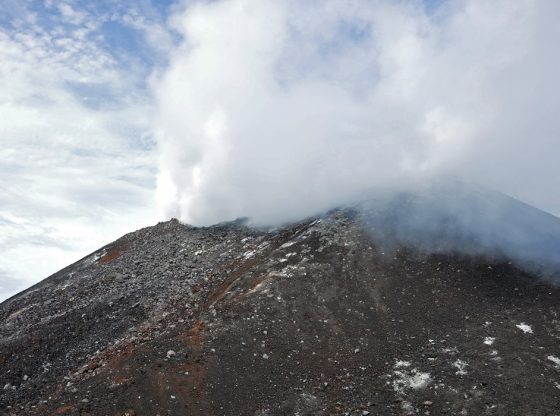
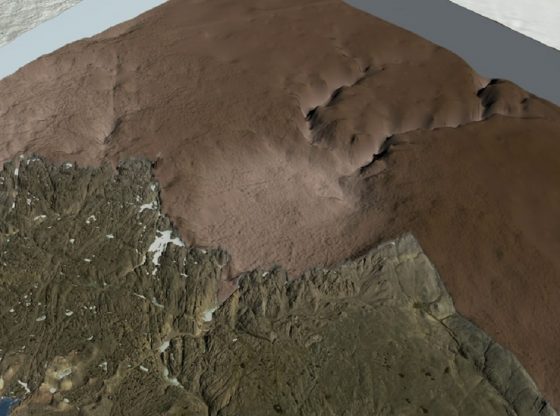
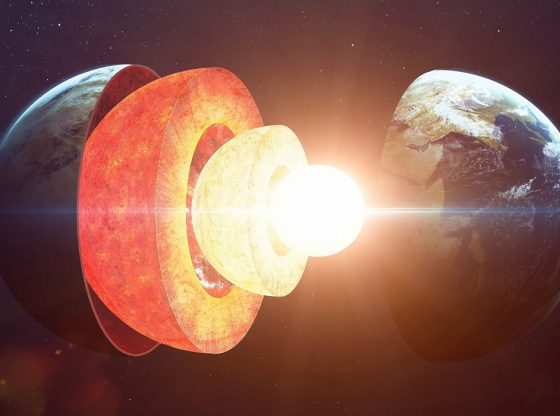

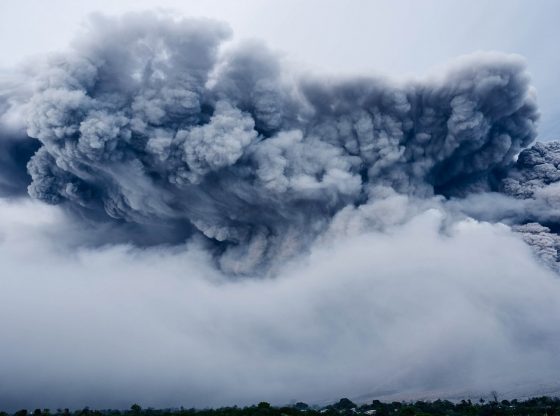



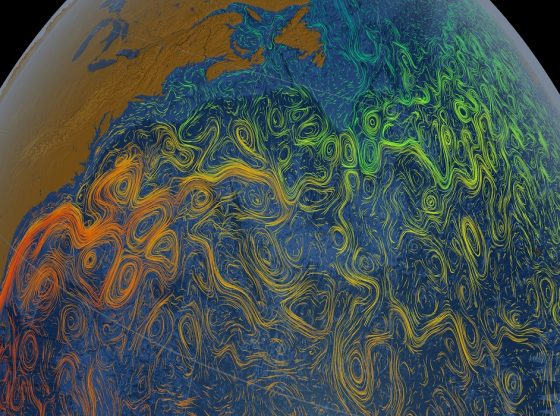
![OpenAI. (2025). ChatGPT [Large language model]. https://chatgpt.com](https://www.illustratedcuriosity.com/files/media/55136/b1b0b614-5b72-486c-901d-ff244549d67a-350x260.webp)
![OpenAI. (2025). ChatGPT [Large language model]. https://chatgpt.com](https://www.illustratedcuriosity.com/files/media/55124/79bc18fa-f616-4951-856f-cc724ad5d497-350x260.webp)
![OpenAI. (2025). ChatGPT [Large language model]. https://chatgpt.com](https://www.illustratedcuriosity.com/files/media/55099/2638a982-b4de-4913-8a1c-1479df352bf3-350x260.webp)








